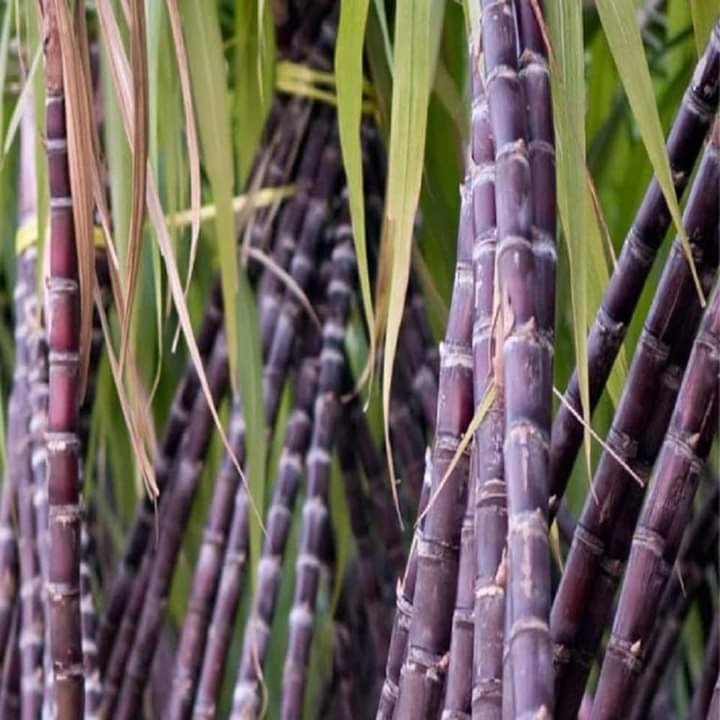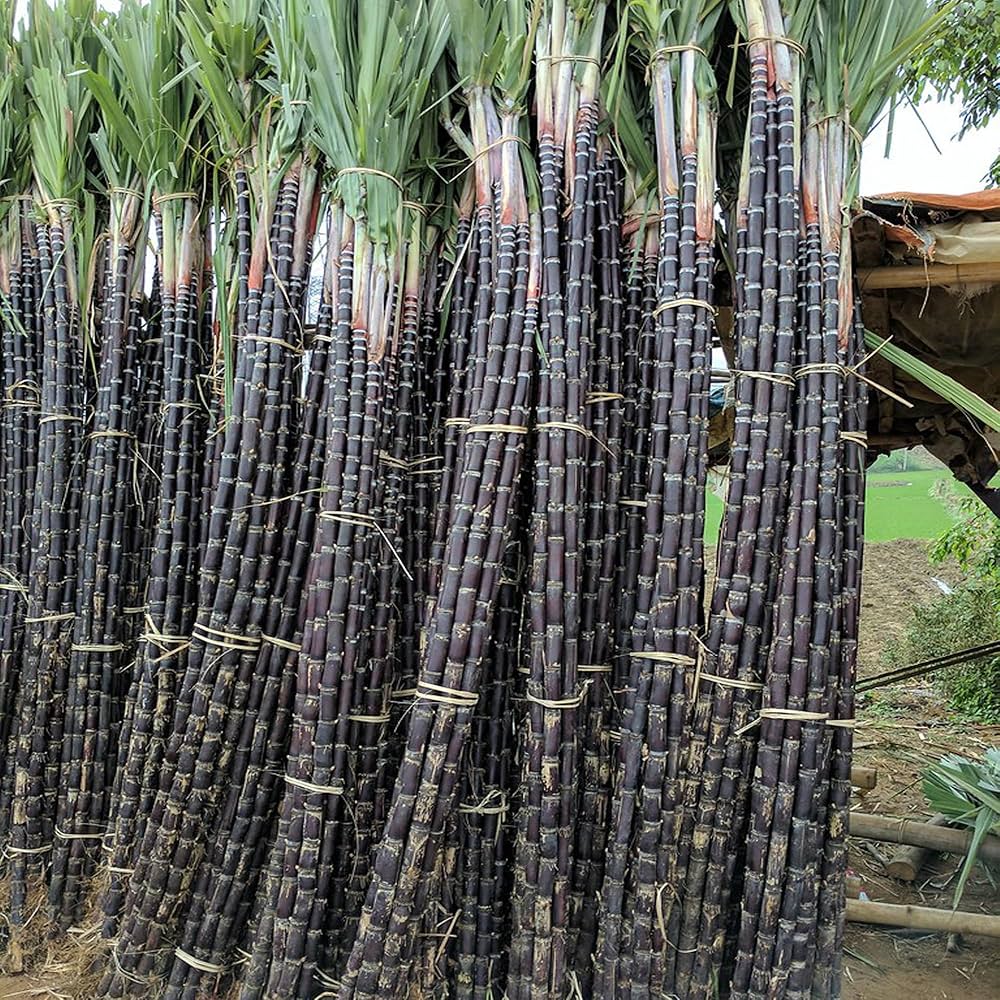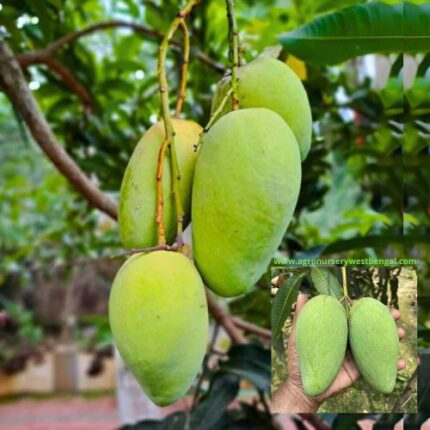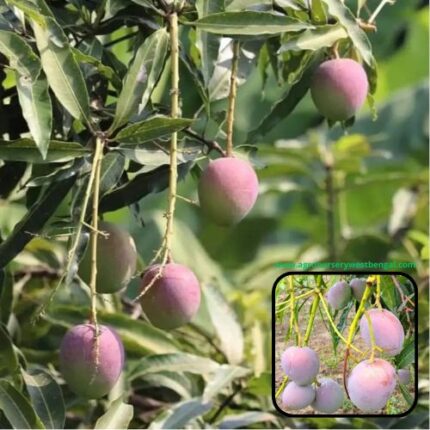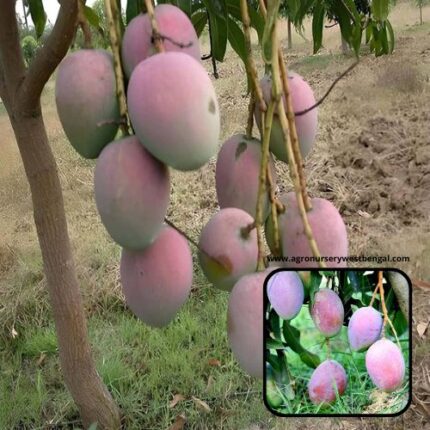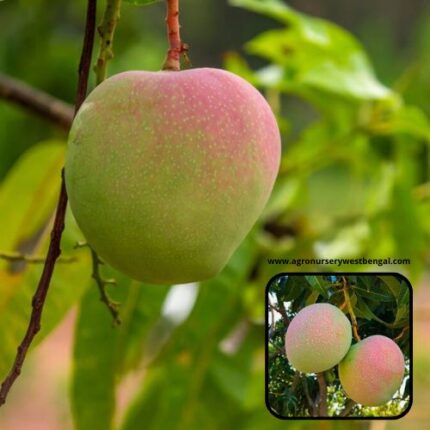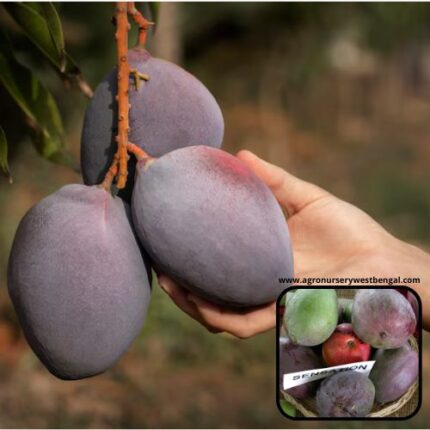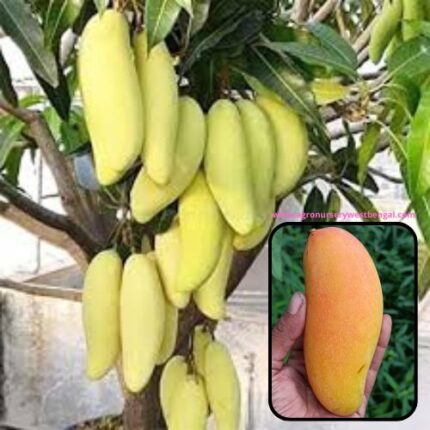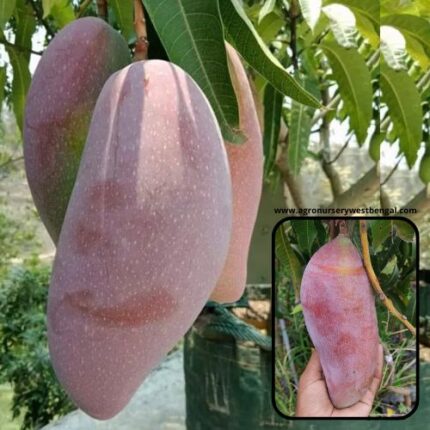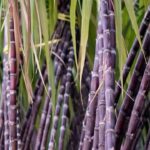
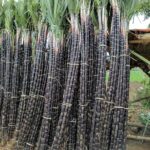
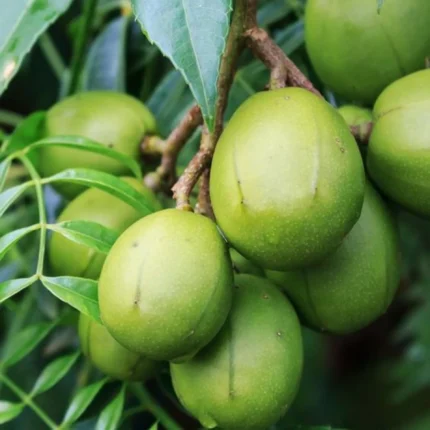
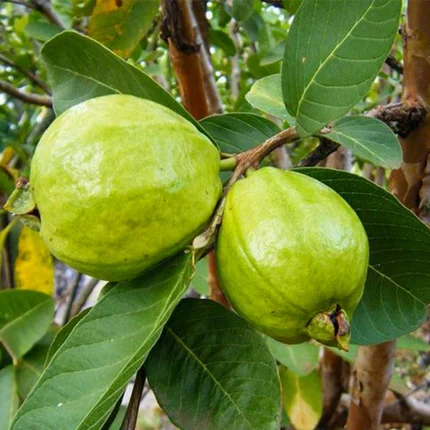
Philippine sugarcane plant
₹699 Original price was: ₹699.₹399Current price is: ₹399.
Sugarcane is a hugely significant crop in the Philippines, with a history stretching back millennia. It’s not a single “Philippine sugarcane” type but rather a diverse group of cultivars adapted to the country’s tropical climate.
Here’s a description of sugarcane in the Philippines:
1. Plant Characteristics (General Sugarcane – Saccharum spp.):
- Tall, Perennial Grass: Sugarcane grows as a robust, tall, perennial grass. It typically reaches heights of 2 to 6 meters (6 to 20 feet) when mature.
- Stalks (Canes): The main economic part is the thick, jointed, fibrous stalk, which is rich in sucrose. These stalks are segmented, with buds at each joint. They can be 2-6 cm in diameter.
- Leaves: Long, sword-shaped leaves (up to 1-2 meters long) grow alternately from the nodes on the stalk. Their color can vary from yellowish-green to very dark green depending on the variety and nutrient health.
- Root System: Sugarcane has a well-developed fibrous root system that can grow to considerable depths (over 5 meters in deep soils), allowing it to withstand droughts to some extent.
- Flowering (Arrowing): When mature, the growing point at the upper end of the stalk develops into a slender “arrow” (inflorescence) bearing a feathery tassel of tiny flowers. While flowers are produced, commercial sugarcane is primarily propagated vegetatively by planting cuttings of mature stalks (known as “seed cane” or “cane sets”).
2. Historical Significance and Native Varieties:
- Ancient Crop: Sugarcane, specifically Saccharum sinense, is one of the original major crops of the Austronesian peoples, arriving in the Philippines from Taiwan as early as 2200 BCE.
- Traditional Uses: Before Spanish colonization, sugarcane was widely used for making native jaggery products (like panutsa, sangkaka), traditional wines (basi, palek), and cane vinegars (sukang basi).
- Indigenous “Noble Canes”: Historically, several “noble” sugarcane varieties (Saccharum officinarum) were indigenous to the Philippines. These include:
- Luzon White: Widely grown across Luzon and Visayas.
- Negros Purple: A distinct purple-stalked variety.
- Cebu Purple: Another purple variety.
- Pampanga Red: Known for its reddish stalks.
- Zambales White
- Palawan White
- Hilongos
- These older varieties often had thick, soft-rinded, juicy stalks and high sugar content.
3. Modern Philippine Sugarcane Varieties:
- Breeding Programs: The Philippine Sugar Research Institute Foundation, Inc. (PHILSURIN) is the leading institution for sugarcane breeding and development in the Philippines. They focus on developing high-yielding, disease-resistant varieties.
- “Phil” Series: Modern commercial varieties are often identified by “Phil” followed by numbers (e.g., Phil 8013, Phil 97-3933, Phil 03-171, Phil 07-195). These varieties are bred for:
- High Sugar Yield (LKg/ha): Maximizing sugar content per hectare.
- High Tonnage (TC/ha): Maximizing cane yield per hectare.
- Adaptability: Performing well in various soil types (sandy to clay loams, acidic volcanic to calcareous sedimentary) and agro-climatic conditions (lowland, upland, rain-fed, irrigated).
- Disease Resistance: Resistance to common sugarcane diseases like downy mildew, smut, yellow spot, and leaf scorch.
- Ratooning Ability: The ability to regrow and produce subsequent economical crops from the stumps after harvest.
- Stalk Characteristics: Variations in stalk length and diameter exist among varieties.
- “Philippines Black Sugarcane”: While not a traditional commercial variety, a specific black-stalked sugarcane is sometimes referred to as “Philippines Black Sugarcane” and is prized for its dark purple (almost black) stalks, incredibly sweet juice, and ornamental appeal for home gardens.
4. Cultivation in the Philippines:
- Major Growing Regions: Sugarcane is grown in at least seventeen provinces, with Negros Island accounting for over half of the national production. Other significant regions include Mindanao, Luzon, Panay, and Eastern Visayas.
- Climate Requirements: Thrives in warm, tropical climates with high amounts of water (optimally 1800-2500 mm annual rainfall, or with irrigation). Optimal temperatures for growth are 30-33°C.
- Harvest Period: Generally from October to December, ending in May.
- Propagation: Primarily by planting cuttings of mature stalks (seed cane).
- Industry Challenges: The Philippine sugar industry faces challenges including climate variability, low cane yield per hectare compared to other major producers, high input costs, and limited access to new high-yielding varieties for smallholder farmers.
In essence, “Philippine sugarcane” refers to the diverse genetic pool of Saccharum species cultivated in the country, ranging from ancient indigenous varieties to modern, high-yielding hybrids developed for commercial sugar production and other uses

